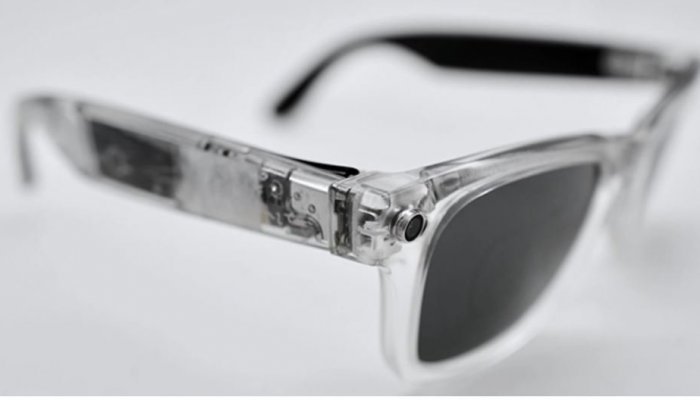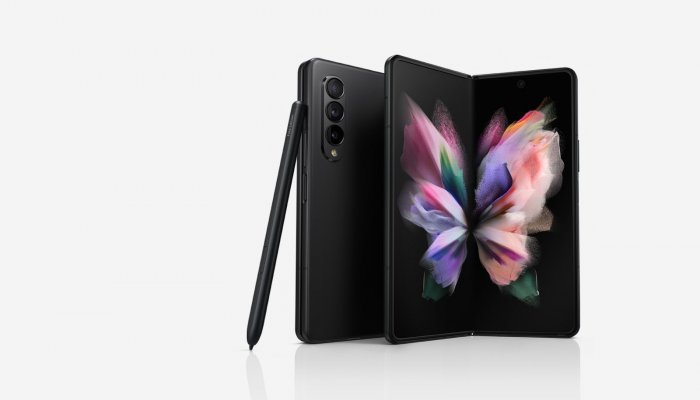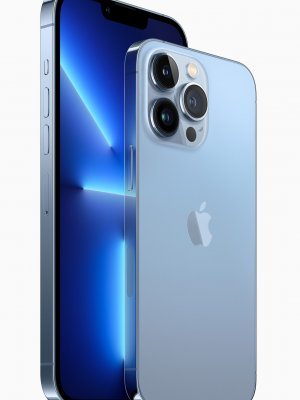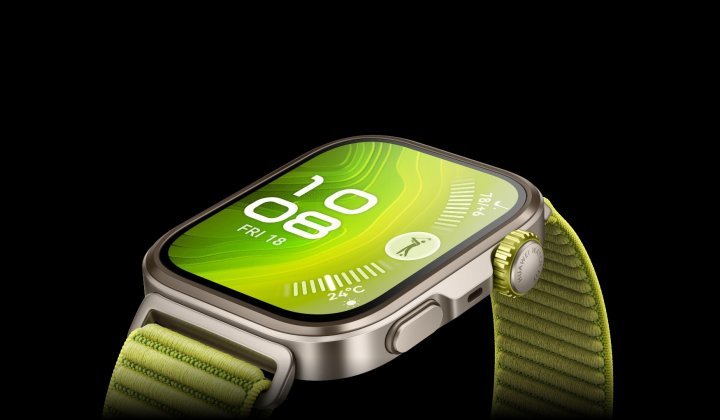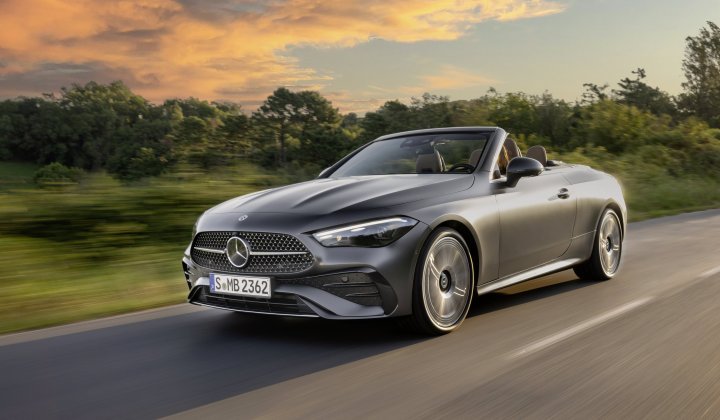Ray-Ban Stories
Smart glasses with Facebook – but will they make you smarter?
Price US$299
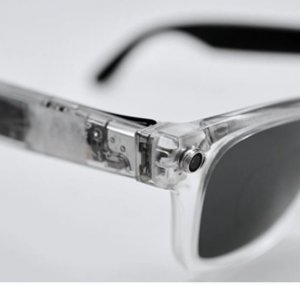
Ray-Ban and Facebook have partnered to create their first-generation smart glasses. Now, smart glasses are nothing new. You may recall Google tried it in 2013, and Snapchat had them in 2016, both without much success. But it is the holy grail of the wearable experience. And this is what Facebook and Ray-Ban hope to achieve.
So, what makes these so special? Well, firstly, Ray-Ban has the rich legacy of a recognisable fashion brand, and these smart glasses come with a wider range of choices, including Ray-Ban’s Wayfarer range. Twenty different style combinations at launch! But it’s the technology that is really fascinating. These smart glasses are designed to capture photographs and video and even take calls.
They have a 5MP camera embedded in the top left and right of the frame and three embedded microphones connected to tiny speakers on the arms of the glasses. The microphones use beamforming technology and a background noise-suppression algorithm so that external noises are minimised.
Ray-Ban Stories work with the Facebook View app to make sharing your content seamless to platforms like Facebook and Instagram and other social media platforms like Twitter, Tik Tok and Snapchat. The engineering is fascinating, the technology sits in the arm of the glasses, and Facebook says they take an hour to charge with the battery lasting about 6 hours.
You are probably questioning privacy, which is valid. Think of the workplace where you have confidential information, or a gym, for example. Whenever these glasses are being used, a white LED light shines each time you take a video or a photo, plus there is a power switch to turn it off. Still, it could pose massive privacy issues to those who don’t know about them.
They are an evolution into using technology without using your hands, and if they do get it right, it is a step in creating a more immersive experience that is wearable. These are, however, a long way away from an augmented reality experience that could be a game-changer. They are cool, though!
Samsung Galaxy Z Fold 3 5G
The phone that magically folds – and yes, it’s brilliant!
Price R40,000
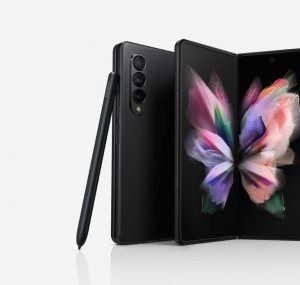
Samsung has been an early pioneer in foldable glass, and their earlier iterations of a foldable phone may not have been the best. Still, this 3rd generation Samsung Galaxy Z fold 3 5G is rather impressive! Before you say, “I will never use a foldable phone,” you might want to pause that thought for just a second, especially when Samsung says that once you start using a foldable phone, you can never go back to using a normal one. They could be right – the technology is that impressive!
Imagine having a normal phone to use and the ability to instantly transform that device into a mini-tablet. This is what the Fold 3 does. The front is a 6.2-inch AMOLED display, and once opened, you have a 7.6-inch internal display. The whole process is seamless, and the engineering that has gone into the whole process is impressive.
Their special hinge, called the Hideaway Hinge, is designed and tested to withstand folding 200,000 times. It is a beautifully designed, well-built premium device with superb camera capabilities and a battery that will last you the entire day. It is also IPX8 rated, which means it is water-resistant (although I don’t recommend you swim with it). The new Galaxy Z Fold 3 5G is also S-Pen compatible, so you can scribble notes and use the device for drawing sketches and moving between apps.
Is a foldable device for you? There is no doubt that massive strides have been made in functionality, and the software has been optimised for foldables. If you are looking for a compact device that can give you a bigger screen in an instant, as well as multitasking capabilities, then take a look at the Samsung Fold 3.
Apple iPhone 13 and iPhone 13 Pro
New iPhone with extraordinary video capabilities
Priced from US$699
Apple announced their brand-new iPhone range at their annual event entitled ‘California Streaming’ this year.
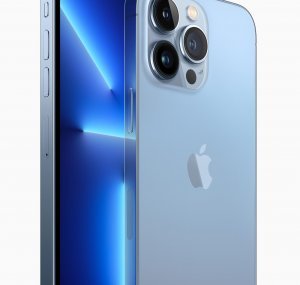
The iPhone 13, iPhone 13 Pro, and iPhone 13 Pro Max feature the brand new A15 bionic chip, which Apple claims to be the fastest in a smartphone and improved displays to enhance the colour and user experience. And it needs to be because these new devices have some extraordinary camera enhancements. In addition, the new chip delivers exceptional performance and improved battery life. With additional support in 5G, it will carry the latest 5G networks in more than 60 countries.
But the new range of iPhones is all about the camera and the photographic and video capabilities. The iPhone 13’s dual-camera system includes a new wide lens, capable of gathering 47% more light, so you get a much brighter result with less distortion in your photos and videos.
The iPhone 13 Pro series has three new sensors and lenses: an Ultra-Wide camera, a new Wide camera, and a Telephoto camera with enhanced zoom capabilities. In addition, the new Pro iPhones will also now have macro photography enabled natively.
But the huge boost on the new iPhones is, without a doubt, the video, and it really is a massive leap.
Users on all iPhone 13 models will now be able to shoot in cinematic mode. High-end professional cameras use these capabilities to makes films. The new cinematic mode allows you to automatically focus on specific scenes or people in a shot and have that background blurred. The phone has built-in intelligence to detect when a subject moves away from the phone and can autofocus on another face that is selected – similar to portrait mode when taking photographs.
In terms of design, there was no major change to the form factor except a more sleek and smaller notch where the front-facing camera sits. The new iPhones are already available in South Africa.



